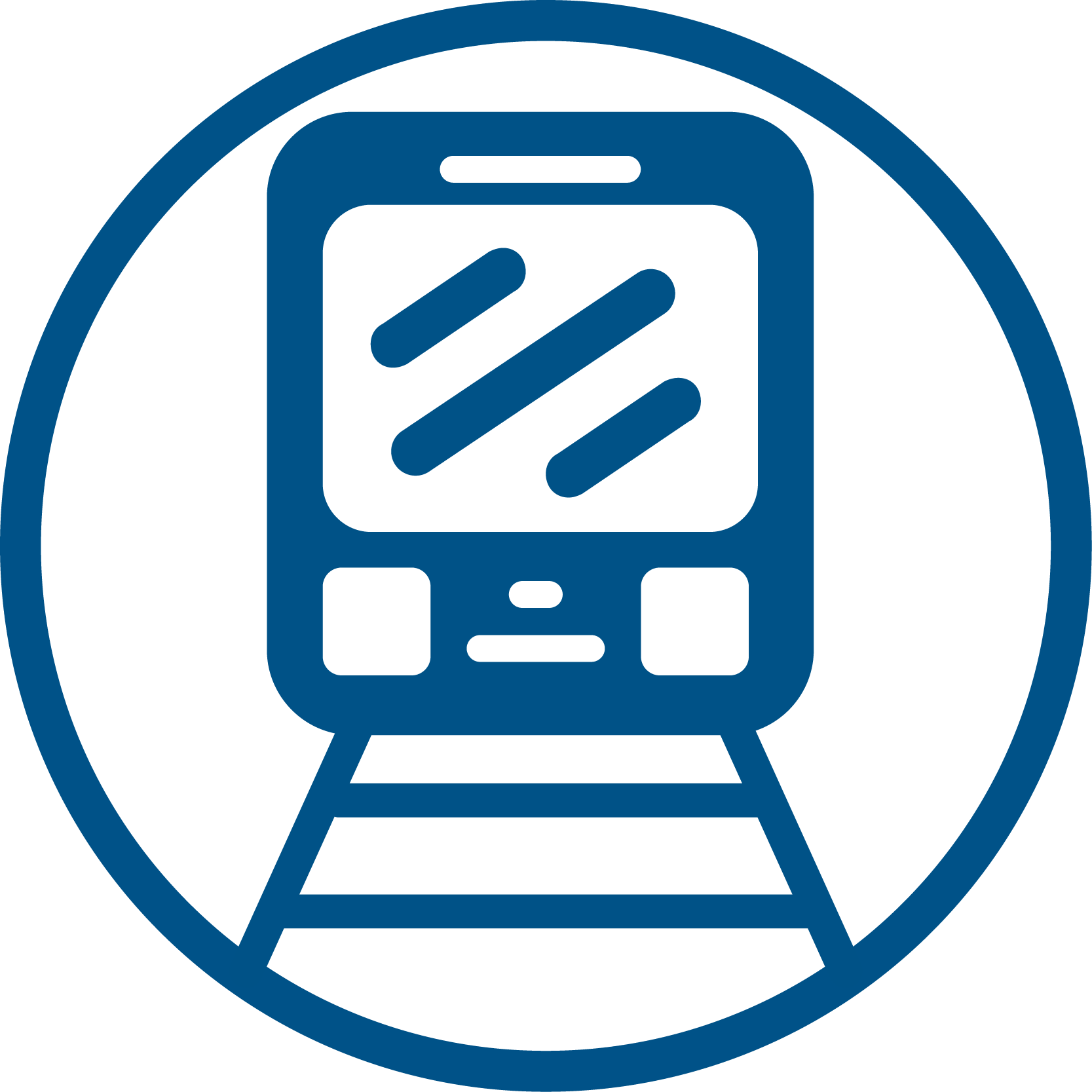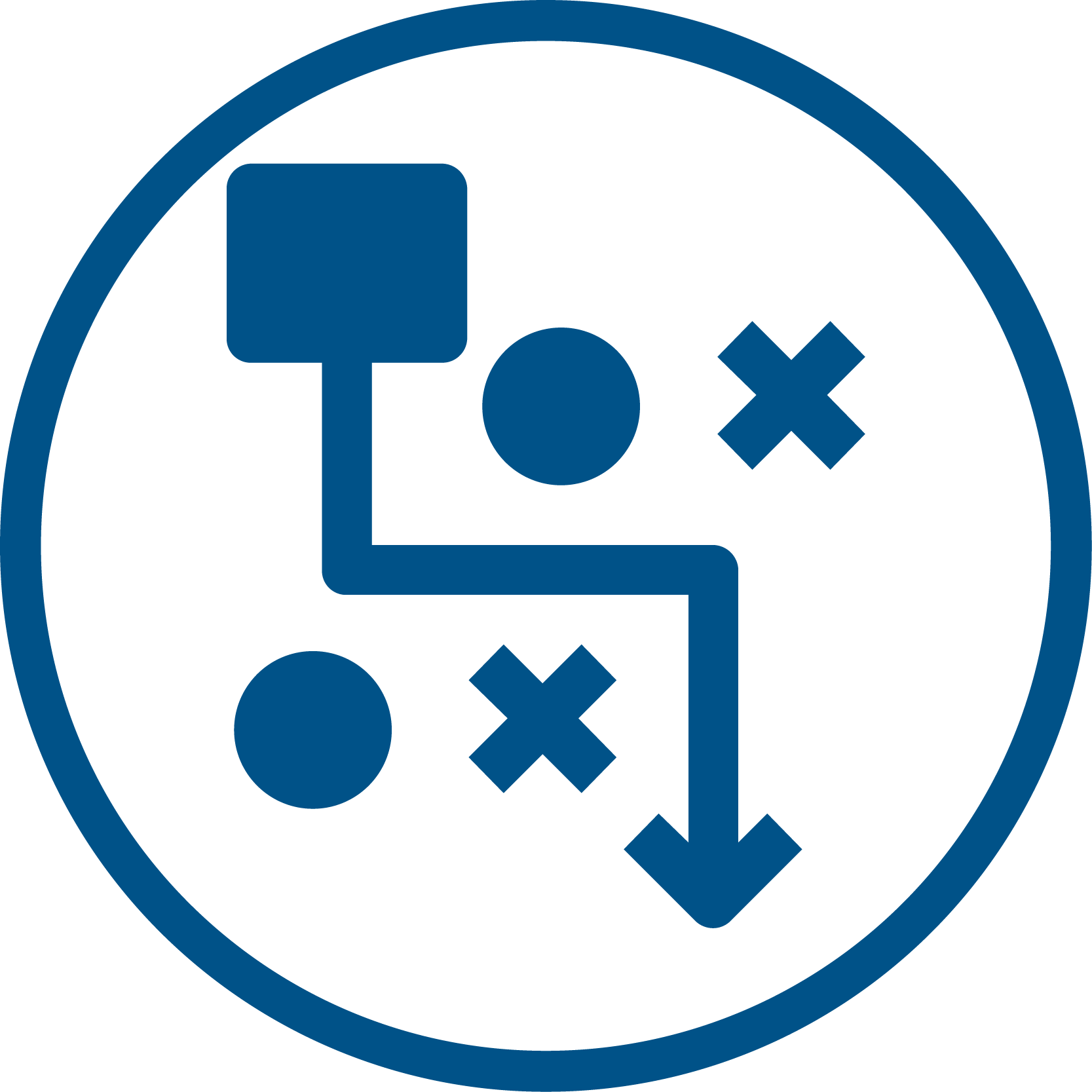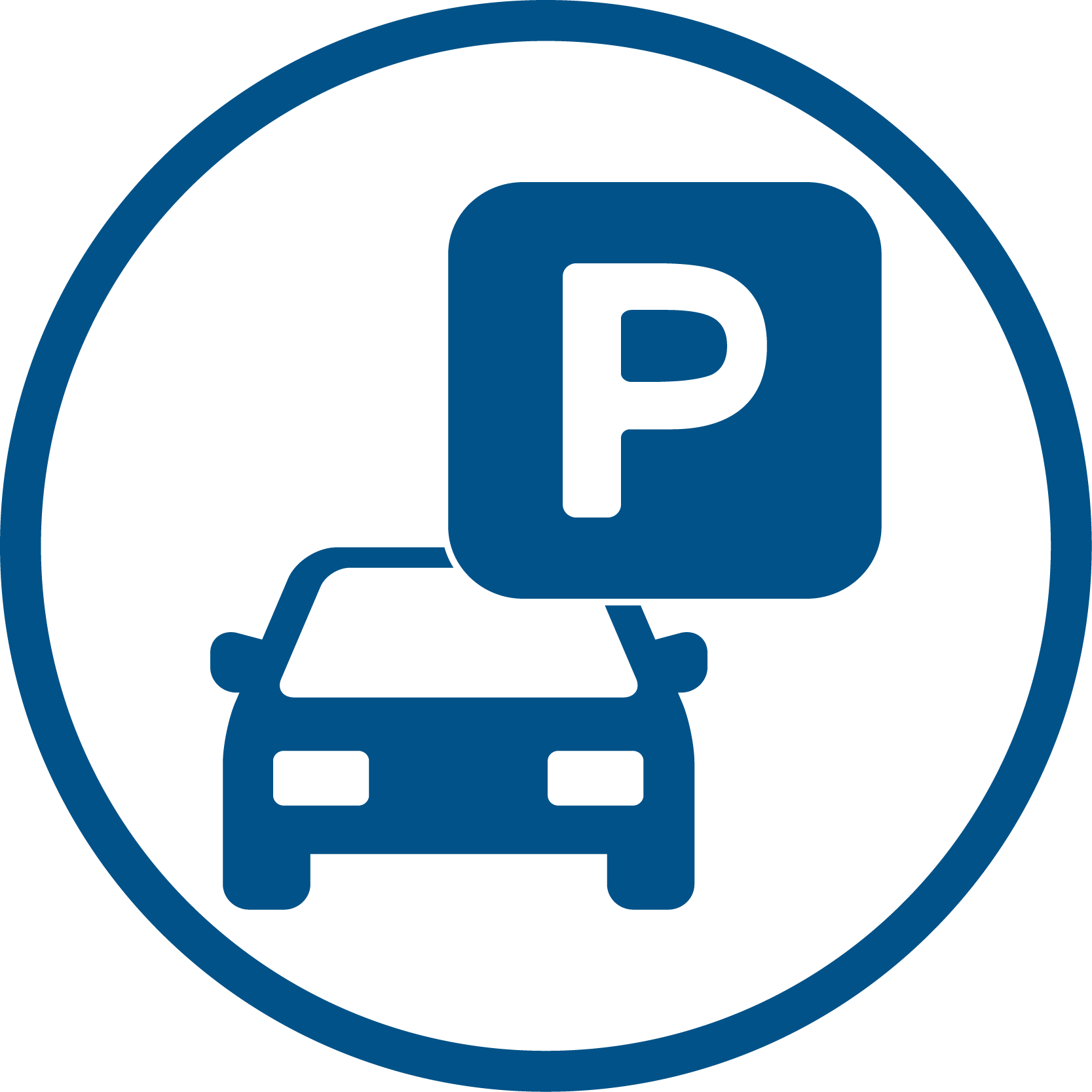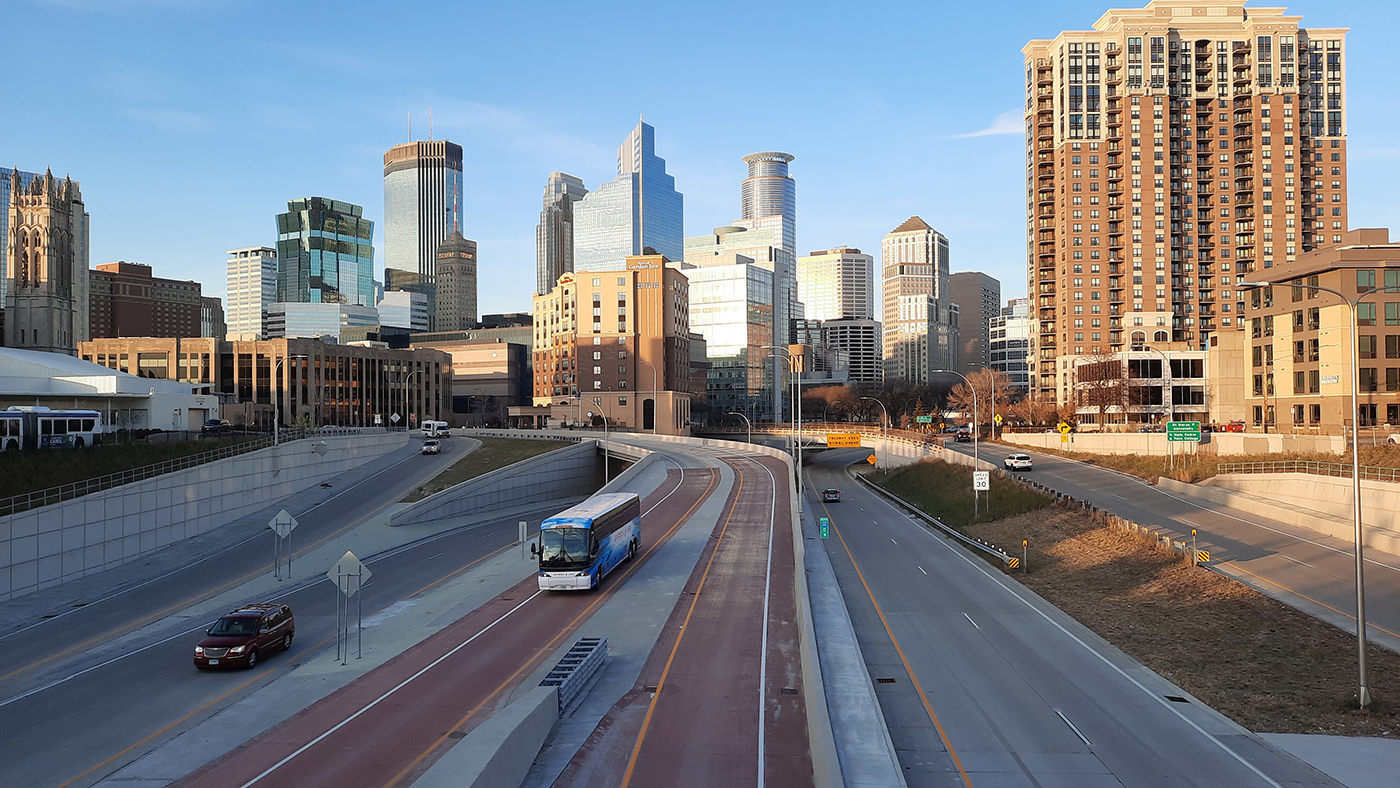In 2023, the Minnesota Legislature passed a groundbreaking law that directed the Minnesota Department of Transportation (MnDOT) to implement a process for assessing and mitigating the greenhouse gas (GHG) and vehicle miles traveled (VMT) impacts of transportation projects. The goal is to ensure that transportation projects advance the state’s goal of achieving net zero transportation emissions and reducing VMT by 20 percent per capita by 2050. Those goals are ambitious and can’t be achieved without a fundamental change in the way projects are planned, funded, and implemented.
A work group convened after the passage of the 2023 law and recommended updates to the legislation, many of which were approved in the 2024 session. The amended language begins to establish a structure for Minnesota’s transportation agencies to mitigate or offset the impacts of roadway projects, creating a major opportunity for agencies looking to implement transit, active transportation, or travel demand management (TDM) projects.
How does it work?
Beginning in 2025, all new capacity-expansion projects on the trunk highway system will need complete assessments of their GHG and VMT impacts before they are included in the Statewide Transportation Improvement Plan (STIP). While the actual framework for analysis is still being developed, agencies will be able to assess individual projects or assess the total impacts of a proposed program of projects.

If the assessment reveals that the capacity expansion will result in the surrounding area exceeding GHG and VMT targets, the agency will need to do one of two things: avoid the increase by changing the scope of the project (by removing a travel lane, for example), or offset the increase by linking the project to additional improvements that will reduce VMT and GHG.
These improvements could include:

Transit expansion projects (new transit service, including bus, BRT, or rail)

Transit service improvements on existing transit lines

Active transportation infrastructure (such as bike lanes, trails, and sidewalks)

Micromobility infrastructure and service

Transportation Demand Management (such as programs to reduce commuting)

Parking management, including eliminating parking

Land use projects, including increasing density or transit-oriented development

Traffic operations improvements, such as roundabouts

Natural systems, including prairie restoration, reforestation, or urban green space
These projects may be within the area directly impacted by the project, such as a new BRT service along the roadway corridor in question, or further afield if local offsets are not possible.
The Opportunity

This new approach represents an immense opportunity for agencies looking to advance projects in the categories listed above. While the details of the “offset” program are still being determined, there are a few models that can provide clues about how this will work. Users may already be familiar with the concept of carbon offsets, which involves providing funding for a project that will reduce carbon emissions by an equivalent amount. As another possible model, the State of Minnesota runs a wetland banking system where projects that impact wetlands may invest in remediation projects offsite.
The State of California has a similar law (SB 743) that supports a VMT exchange program, which could also act as a model in Minnesota. Here’s a simplistic example of how this could work:
The County would like to expand a rural route on the state trunk highway system from two to four lanes. After analysis, they’ve determined the project is likely to increase VMT. Since they don’t have the ability to mitigate the impact within the project, they will need to offset the impacts by funding another project that will align with VMT targets. One of the City’s priority projects is a protected bike lane on Main Street, but they lack the funding to construct it. As part of the County project, funding is transferred to the City to construct the bike lane, allowing both agencies to achieve their goals.
How Can You Prepare?
Before the program officially begins in 2025, transportation agencies around the state will want to plan ahead to take advantage of this groundbreaking opportunity. In the near term, agencies should:
- Examine your CIP or work program for projects that increase roadway capacity. Analyze those projects to determine whether the capacity expansion is really needed, or if the project may be modified to mitigate the impacts within the project scope (by removing a through lane or converting an intersection to a roundabout, for example).
- Establish a list of unfunded VMT-reducing projects that are priorities for your agency. The list may include major capital projects such as new trails or transit service, and lower cost projects like bus station upgrades, transit advantages, and TDM measures.
- Conduct an analysis on individual unfunded project to determine the likely VMT reduction impacts of each project. This will be important as agencies seek to offset an equivalent amount of VMT to come into compliance.
- Develop cost estimates and analyze the feasibility of each option to determine any major barriers to construction or implementation. This ensures the projects on the list are as “shovel-ready” as possible.
- Finalize your list and share with partner agencies for future offset conversations.
With a little up-front work, local and regional agencies have the opportunity to hit the ground running and accelerate their multimodal vision over the coming decade.
How can SRF help?
SRF’s Sustainable Transportation Team has played a key role in distilling the new statewide requirements as our state moves toward implementation, as well as crafting policies and plans at the local level to help clients reduce carbon emissions. Our team of multi-disciplinary engineers and planners can help agencies navigate the steps outlined above, identify any policy or process changes that may be needed to meet updated requirements, and develop a funding and implementation strategy that meets your goals.
Lydia Statz, AICP

763.249.6732
Lydia has eight years of multimodal transportation planning experience, leading projects ranging from single-site redevelopments to regional mobility and policy plans. She specializes in managing projects that advance sustainable transportation systems, including public transit, bicycle and pedestrian mobility, greenhouse gas reduction, and long-range planning, to assist agencies in achieving their sustainability and community goals.
Lydia is motivated by helping communities navigate the tradeoffs of high-impact planning decisions. She has extensive experience leading and facilitating policy and funding conversations with various stakeholders. As a former journalist, Lydia brings expertise in generating community buy-in by summarizing and communicating technical data to a wide variety of audiences.

